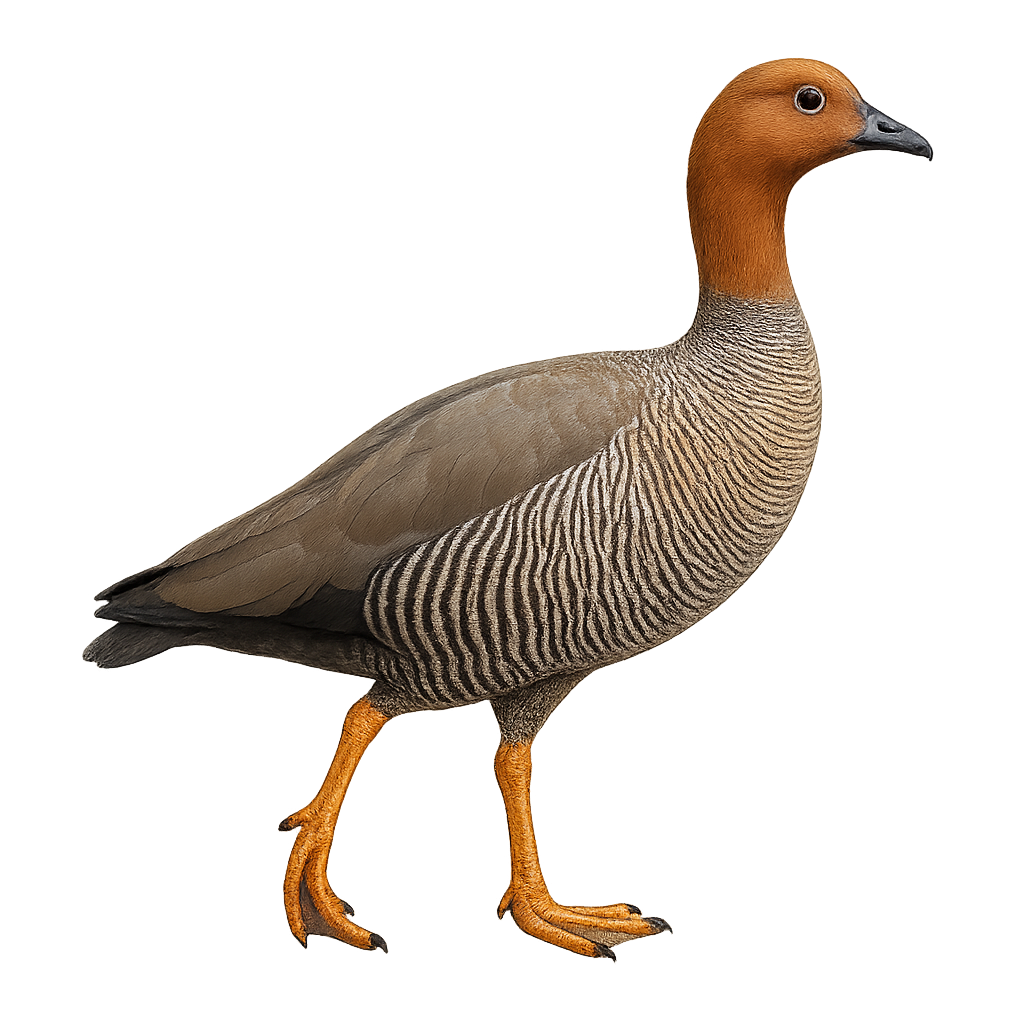Your wildlife photography guide.
Explore the ruddy-headed goose in detail, study its behavior, prepare your shots.
Where to observe and photograph the ruddy-headed goose in the wild
Learn where and when to spot the ruddy-headed goose in the wild, how to identify the species based on distinctive features, and what natural environments it inhabits. The WildlifePhotographer app offers tailored photography tips that reflect the ruddy-headed goose’s behavior, helping you capture better wildlife images. Explore the full species profile for key information including description, habitat, active periods, and approach techniques.
Ruddy-headed Goose
Scientific name: Chloephaga rubidiceps

IUCN Status: Near Threatened
Family: ANATIDAE
Group: Birds
Sensitivity to human approach: Suspicious
Minimum approach distance: 10 m
Courtship display: October to November
Incubation: 30-32 jours
Hatchings: November to December
Habitat:
Open grasslands, wetlands, pastures
Activity period :
Primarily active during the day, with peak activity in the morning and late afternoon.
Identification and description:
The Ruddy-headed Goose, or Chloephaga rubidiceps, is a bird species belonging to the Anatidae family. It is characterized by its reddish head and neck, contrasting with its grey body and black and white wings. This bird is mainly found in Patagonia, where it inhabits open grasslands and wetlands. Although it appears robust, it is relatively small compared to other goose species. Males and females are similar in appearance, with males being slightly larger. The Ruddy-headed Goose is known for its seasonal migrations, moving northward in winter. It primarily feeds on grasses and aquatic plants. Unfortunately, this species is threatened by habitat loss and predation by introduced species.
Recommended lens:
400mm – adjust based on distance, desired framing (portrait or habitat), and approach conditions.
Photography tips:
To photograph the Ruddy-headed Goose, opt for early morning or late afternoon to take advantage of soft lighting. Use a telephoto lens of at least 400mm to capture details without disturbing the bird. Be patient and discreet, approaching slowly to avoid scaring it away. Open grasslands and wetlands are ideal places to observe it. Consider using a tripod to stabilize your camera and achieve sharp images.
The WildlifePhotographer App is coming soon!
Be the first to explore the best nature spots, track rutting seasons, log your observations, and observe more wildlife.
Already 1 430 wildlife lovers subscribed worldwide

